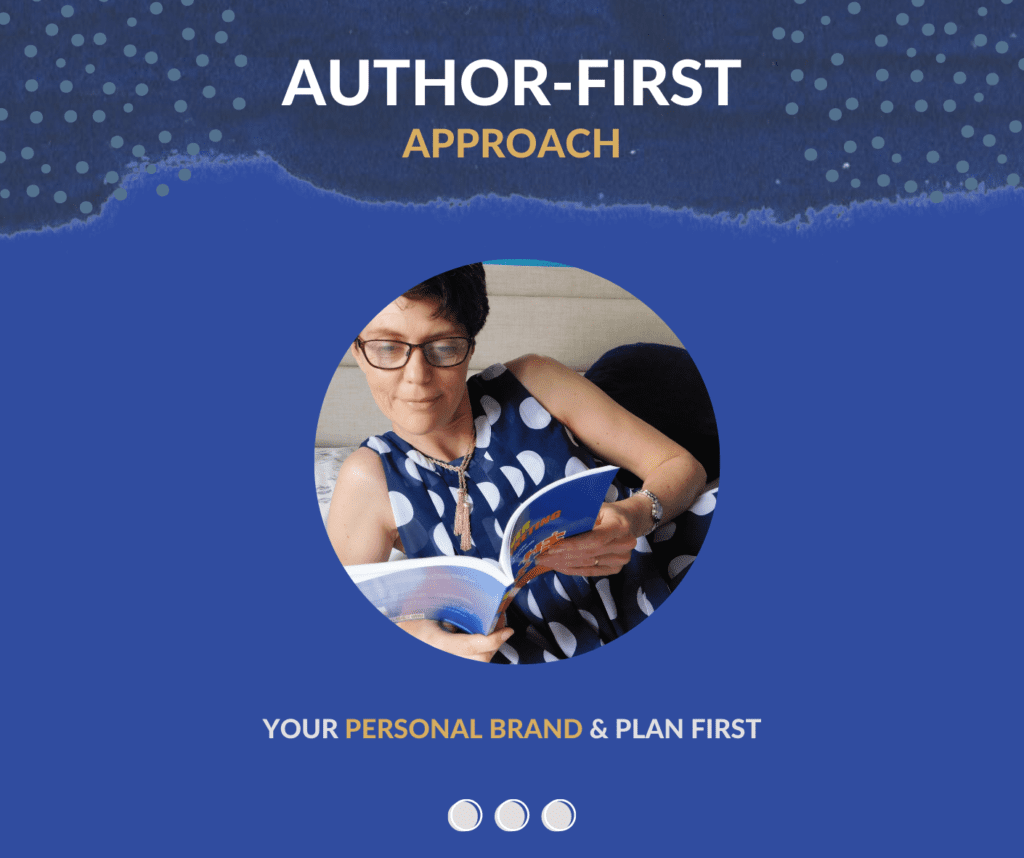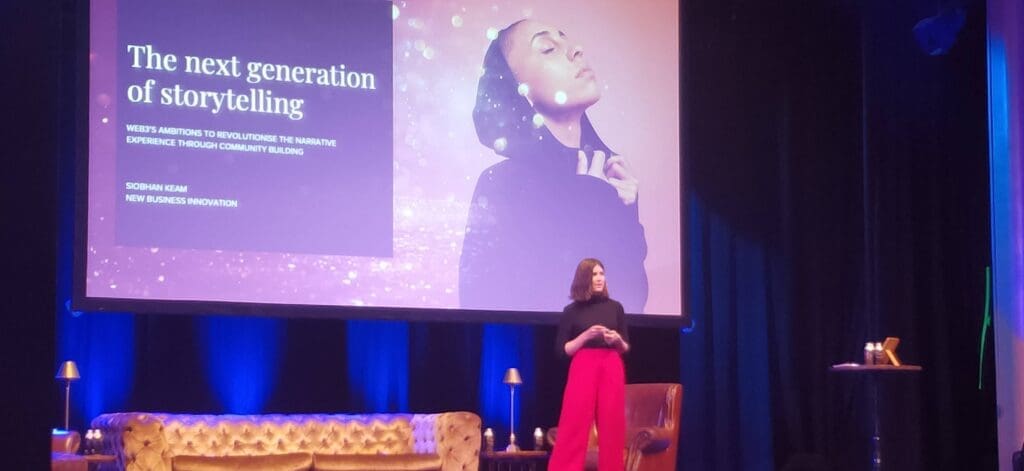Having a foundation in online book marketing makes a difference to any author’s ability to succeed in the market.
With an Author-first approach, it’s making sure you and your brand goes out into the world. Many of you will have a coaching, consulting or a particular business in the background and with this approach, it’s going to have the most effect.
The first three times I published, I had zero brand and no real connection to ‘me’. The next time I published, I went hard on research and achieved some relevance by adding my own case study experiences (and supplier details) to the book.
If I could start again, I would make all my books talk to the one audience, even if on a number of different topics. Well, I guess it’s never too late to start over!
1. Start marketing early
It’s also never too soon to begin raising awareness of your first book, and more to the point, of you as an author. If you have very little presence online apart from some Facebook friends, you should ideally begin your platform-building efforts while you are writing the book. If it is a passion area (not business)—this applies too!
It took me around five years to gain traction and build a following in my current industry. Start fresh but be prepared for the long haul.
By sharing updates and asking for feedback (at Facebook) on your book cover/blurb/theme while you write, you’ll be stimulating curiosity. As noted in the great book, Launch, by Jeff Walker, getting this early interaction with people means they get personally invested—and are more likely to jump on a launch deal from you when it arrives.

2. Build your website around yourself
You need to have a branded website, but it needs to be built around you, not around your book. Nor should it be based on something irrelevant to you now, like an old business that no longer has clients.
Many authors still overlook this ‘author brand’ opportunity, relying on Facebook or a publisher’s website to act as their main online home.
But think about it. Your website will forever be under your control and will never become obsolete. Instead, its power and relevance will only grow stronger as your writing career develops. (Ahem, this does not depend on a youthful age, either).
Your site doesn’t need to be fancy — in fact, it’s better not to pack it full of unnecessary features and distracting design elements.
Elements of an author website
Aside from a sales page dedicated to your book and an “About me” page, the most critical element of your site will be a blog. By maintaining a regular blog, you can build a following even while you write. Then you can promote the content on social media profiles with the same name as your author brand. The great thing about this is, when your book is ready for launch, your readers will feel they already know you.
Example of author website pages:
- Book landing page (with nothing else)
- About Me
- Blog
- Coaching service / course
3. Focus on growing an email list
Email is the most effective marketing tool available today, and if you’re serious about selling your book, you should use it. It doesn’t matter what size your list is! The main thing is that it is set up in an email marketing system, e.g. Mailchimp or Vision6.
Offer a lead magnet tool on your website, such as a mini ebook, as an incentive to join your list. Then send out a monthly or even weekly newsletter to stay top-of-mind with your followers. To keep their interest high, your newsletter ought to contain more than just “news” about you. By offering something useful, insightful or entertaining, your automated system will gradually build an engaged audience who looks forward to hearing from you.
I recommend using a subscriber helper, like the simplest, HelloBar, to get people to really interact with your free content offers or competition. You could also use a ‘subscribers’ tool.
Choose the nature of your regular newsletter content based on the type of reader you want, and the nature of the relationship you want to cultivate. This could be as simple as a newsy email filled with summary of top news from your industry, adding on your own analysis.
If your target readership is highly visual, you might choose to create a monthly mini-magazine filled with your own inspiring graphics, articles from your blog, embedded videos, quizzes and more.
4. Be generous with your knowledge
Marketing has changed. Intrusive advertising has given way to permission marketing, in which book-buyers follow their own pathways to find the things they care about.
That means you need to start thinking of ways to make summaries, reports, articles and workbooks which brings your targeted segment into your web haven to learn more about what you do. Lisa Messenger also sells pretty journals to go alongside her series of books, as she correctly picked her audience is ‘aspirational’ females.
You can choose to collaborate and guest post as well, which leverages your time. Attract people to your site by offering great advice, based on experience.
If you have a book coming out, you could offer a free chapter in exchange for an email address. Or make a PDF version of a full book to sell on your site (as long as you have the rights to do this). Brendon Burchard also advises to offer a book-buy bonus — this may be easier to come up with if you’re in business.
If you want to learn about marketing, then there is my marketing book or a package for book launch marketing planning here.
Or if you want to learn self-publishing, to know how to launch a book with a commercial mindset, please consider Book Creation Success. It’s my self-publisher’s course with 40 lessons and comes in video, templates, and text form.








